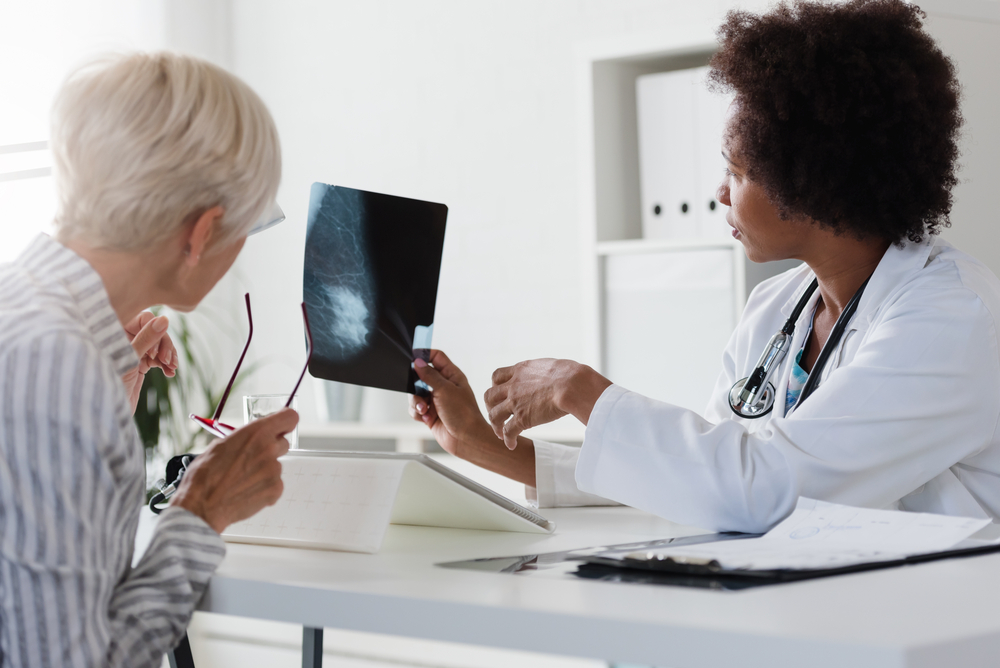Understanding screening impacts
A recent study published in the Annals of Internal Medicine has shed light on a concerning issue in mammogram screening behavior, women who receive false-positive results are significantly less likely to return for subsequent screenings. This alarming trend could pose a risk to long-term breast health and undermine the effectiveness of mammography as a preventive measure.
The research analyzed the screening habits of over one million women and found a noticeable decline in follow-up screenings after a false-positive result. While 77% of women with normal results continued with their recommended screenings, only 61% of women returned after a false-positive result. The numbers continued to drop after consecutive false positives, suggesting that the psychological impact of these false alarms may be more detrimental than previously thought.
Breaking down false positives
Mammography has long been a crucial tool in the early detection of breast cancer, but it is not without its flaws. Around 10% of mammogram screenings require additional follow-up tests, which may include further imaging or biopsy. While these follow-up procedures are essential for thorough evaluation, they often result in what is known as a false-positive—a situation where the test indicates the presence of cancer when, in fact, none exists.
False positives can lead to unnecessary stress and anxiety for women. The emotional toll of awaiting further tests or undergoing additional procedures is not insignificant. These false alarms may prompt many women to become wary of future screenings, potentially leading them to skip follow-up appointments. This behavior undermines the purpose of regular screenings, which are designed to detect cancer early when it is most treatable.
Risk factors and demographics
Several factors increase the likelihood of receiving a false-positive result during a mammogram. Age plays a significant role, as younger women tend to have denser breast tissue, which can make it more difficult to distinguish between benign and abnormal findings. Similarly, women with a family history of breast cancer or those undergoing hormone therapy are at an increased risk of false positives. Previous breast surgeries or biopsies can also contribute to more frequent false alarms.
In addition to these personal risk factors, the study found that certain demographic groups experience higher rates of false positives. Asian and Hispanic women, for example, were less likely to return for follow-up screenings after receiving a false-positive result. This suggests that cultural and socio-economic factors may also play a role in how women respond to mammogram results. These disparities highlight the importance of providing culturally sensitive education and support programs to ensure that all women, regardless of their background, understand the value of continued screening.
Cultural and demographic trends
The study also identified significant cultural and demographic disparities in screening continuation, particularly among Asian and Hispanic women. These groups demonstrated lower rates of return after receiving false-positive results, raising concerns about the accessibility and effectiveness of the screening process for diverse populations. This finding points to a need for healthcare systems to develop tailored outreach and education programs that address the unique challenges faced by these women.
It is possible that cultural stigma or a lack of understanding about the benefits of early detection may contribute to the decision to forgo future screenings. In some communities, there may also be a mistrust of medical procedures, particularly when the potential for a false alarm exists. Healthcare providers must be proactive in addressing these concerns by offering clearer explanations of the screening process and emphasizing the importance of early detection in improving long-term outcomes.
Understanding the screening process
Mammography technology has advanced significantly over the years, making it a vital tool in breast cancer detection. Modern mammograms use sophisticated imaging techniques to detect abnormalities in breast tissue, such as lumps or masses, which may indicate the presence of cancer. However, mammograms are not perfect and cannot definitively diagnose cancer. Instead, they identify areas that require further investigation through additional imaging or biopsy procedures.
While mammography remains one of the best tools for detecting breast cancer, it is important for women to understand that a false-positive result does not mean they have cancer. A false positive simply means that the test detected an abnormality that requires additional testing to confirm whether or not it is cancerous. Women should be encouraged to view mammograms as part of a broader strategy for maintaining breast health, rather than as a one-time test that will either confirm or rule out cancer.
Moving forward after false positives
Despite the emotional and psychological challenges posed by false-positive results, healthcare professionals stress the importance of maintaining regular mammogram screenings. The U.S. Preventive Services Task Force continues to recommend biennial mammograms for women between the ages of 40 and 74, recognizing their crucial role in the early detection of breast cancer.
Healthcare providers emphasize that women should not allow a false-positive result to deter them from future screenings. Although the anxiety caused by a false alarm can be significant, it is essential to remember that early detection saves lives. Women who skip follow-up screenings may miss the opportunity for timely intervention if cancer does develop. Regular mammograms help identify potential problems early, when they are easier to treat and outcomes are more favorable.
By providing more education, support, and reassurance, the medical community can help reduce the psychological impact of false-positive results. With the right information and guidance, women can feel confident in continuing with regular screenings, ensuring their breast health is monitored effectively.
Conclusion
The findings from this study serve as a critical reminder of the importance of regular mammogram screenings and the need to address the psychological impact of false-positive results. While false positives can be frustrating and distressing, they should not be a reason to abandon the screening process. Instead, women should be empowered to understand the benefits of early detection and continue with regular screenings as part of their ongoing commitment to breast health. By doing so, they help ensure that any potential issues are caught early, giving them the best chance for successful treatment and long-term health.















